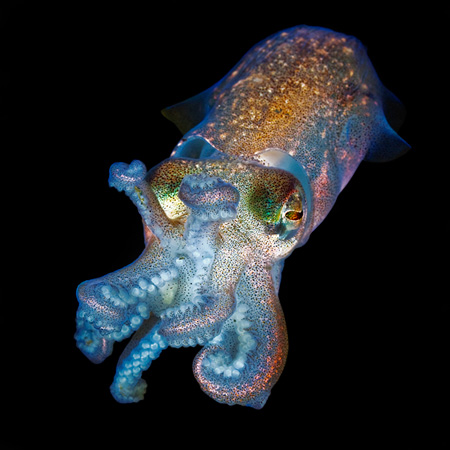I am borrowing this terminology, “viewing geometry,” from the definition set by Stephanie M. Doucet and Melissa G. Meadows. They also define iridescence as “colors that change in hue or intensity with viewing geometry.” See their “Iridescence: A Functional Perspective,” Interface vol. 6 (2009): 115–132.
Olivier Deparis et al. "Structurally Tuned Iridescent Surfaces Inspired by Nature," New Journal of Physics vol. 10 (Jan. 2008): 10.
Doucet and Meadows, "Iridescence," 116.
Ibid., 115.
Marcel Detienne and Jean-Pierre Vernant, Cunning Intelligence in Greek Culture and Society, trans. Janet Lloyd (Chicago: Univ. of Chicago Press, 1978), 18.
Ibid., 19.
The equivalent in mammals are melanocytes, in part responsible for skin color in humans.
Anne Friedberg, The Virtual Window: From Aberti to Microsoft (Cambridge, MA: MIT Press, 2009), 178.
Elizabeth Grosz, Architecture from the Outside: Essays on Virtual and Real Space (Cambridge, MA: MIT Press, 2001), 80–81.
Ibid., 90.
Kate Mondloch, Screens: Viewing Media Installation Art (Minneapolis: Univ. of Minnesota Press, 2010), 74.
A more recent book, one that concentrates even more intensely on surfaces—Surface: Matters of Aesthetics, Materiality, and Media by Giuliana Bruno—examines exactly the material avatar, as it were, of the screen. Bruno concentrates on the material substrate of the surface specifically by way of studying the screen and linking it to architecture literally through and with fabric, tissue. This insistence on tangible materiality points us toward a tacit aspect of these discussions on the screen, an aspect that needs to be made more explicit. I think that lurking among the layers of these discussions, very much like the iridophores waiting to activate and illuminate, is this tacit concern with what we could call the real, or more precisely, a search for the locus of the real.
This term is inherently nebulous and part of my aim here is to retain some of this ambiguity, as I am referring to the general aspect of when the human earns a certain pride of place within history. So I have in mind not only more canonical conceptions, such as from the history of philosophy, but also designations from other discourses, such as that not entirely uncontested geological term “Anthropocene.”
The choice of this particular prefix is a non-subtle reference to the “trans-“ of transhumanism, the prefix that flags that desire towards enhancement. Here, then, I am speaking of something like an enhanced intimacy.
